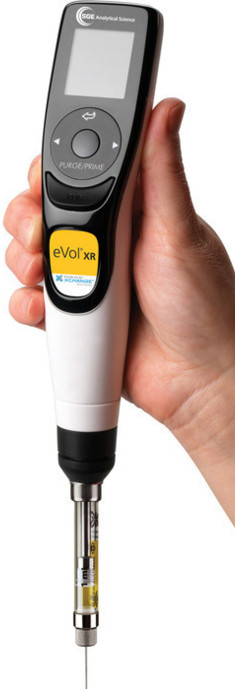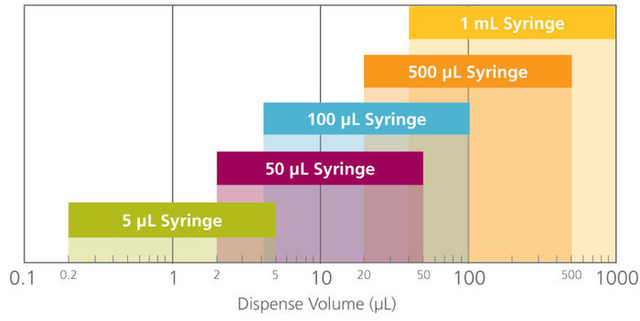
BGB’s portable leak detector is specifically designed for use with gas chromatography (GC) systems. It detects minute leaks of any gas with a thermal conductivity different from air. The reference gas inlet draws in ambient air for comparison to air drawn into the sample probe. The severity of a leak is indicated by both an LED light display and an audible alarm.
The leak detector measurement is based on thermal conductivity comparisons between the probe air and a reference air. The device employs a dual thermistor technology that measures the ratio of [probe]:[reference] heat exchange values and displays the results on an LED scale. Under ideal operating conditions, a ratio of 1:1 indicates identical air samples for both [probe] and [reference], and therefore, no leak is present.
Leak Detector Specifications:
| Detectable Gases: |
Helium, Nitrogen, Argon, Carbon Dioxide, Hydrogen |
| Battery: |
Rechargeable lithium ion internal battery pack (12 hours normal operation) |
| Operating Temperature Range: |
0–48 °C |
| Humidity Range: |
0–97% |
| Warranty: |
One year |
| Certifications: |
CE, Ex, Japan |
| Compliance: |
WEEE, RoHS |
| Limits of Detection and Indicating LED Color: |
|
Helium, 1.0 x 10-5, red LED
Hydrogen*, 1.0 x 10-5, red LED
Nitrogen, 1.4 x 10-3, yellow LED
Argon, 1.0 x 10-4, yellow LED
Carbon Dioxide, 1.0 x 10-4, yellow LED
Gas detection limits measured in atm cc/sec. |
Read this articles to learn more about leak detection in GC:
Best Practice for Identifying Leaks in GC and GC/MS Systems published by Agilent Technologies, 2014
Guide to GC Column Selection and Optimizing Separations Published by Restek Corp. – see p. 11ff for information about unwanted results and possible solutions.
Leaks in a GC System published on Chromatography Today on February 26, 2014
Leak-Free GC By Ken Lynam, October 06, 2014, Lab Manager
Electronic Leak Detector User Guide
Product page in BGB Shop




